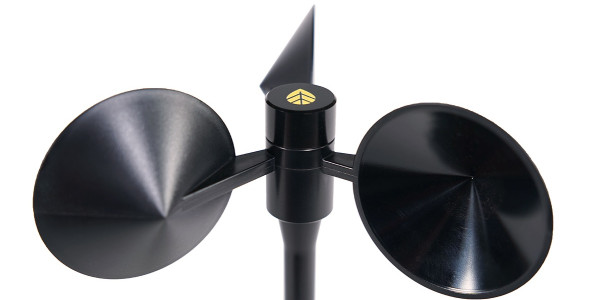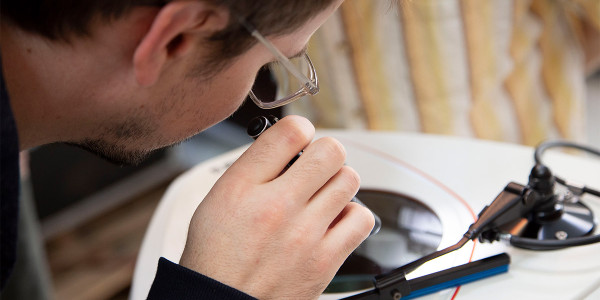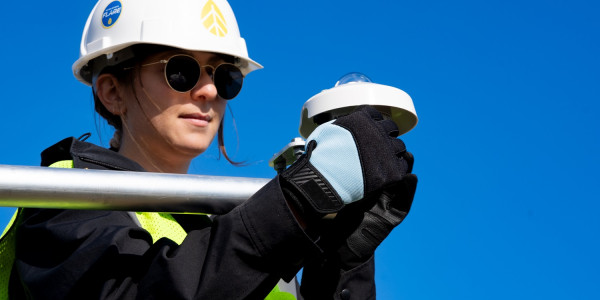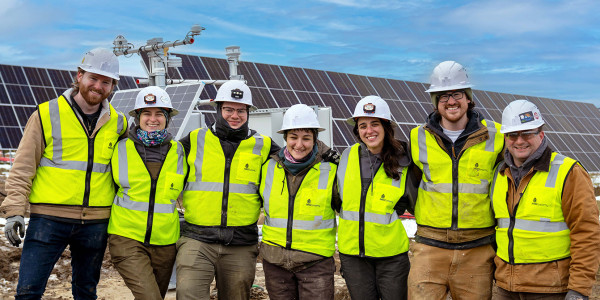February 15, 2011 | Engineering + Technology, Wind Plant Optimization,
There is a lot of buzz lately about implementing condition-based maintenance (CBM) practices and technologies for wind turbines. But what is the value of condition-based maintenance? Why should you as an owner or operator of wind farms want to spend money on it? The answer is because there is a lot of evidence to suggest that condition-based maintenance can significantly lower operational costs. The question is how to quantify these cost savings.
Current Research
NREL’s Gearbox Reliability Study, among other things, is striving to validate the performance of condition monitoring technologies. Sandia Laboratories has a similar technology program, focused on improving wind turbine performance and reliability to reduce the cost of energy. While NREL’s emphasis has been on the gearbox, Sandia has focused on monitoring blade structural loads. Both groups are helping to quantify the performance of CBM practices.
CBM Savings
But how are operational costs reduced? Condition monitoring does not change the design of the turbine, but it can give operators insight into the material condition of the monitored components. This insight can influence maintenance practices and logistics. For example, CBM can give early warning for an imminent generator or gearbox bearing failure. Replacement prior to failure can allow for an up-tower repair ($50K) versus a down-tower repair where the generator or gearbox must be dropped on site, repaired and re-installed. (new gearbox: $250K + Crane Rental: $150K).
Or CBM can be used to conduct maintenance opportunistically. If the operator needs to bring the crane out for a down-tower repair, knowing the condition of all the turbines in a wind farm would allow the operator to perform maintenance on any other questionable turbines at the same time. This could save the operator from bringing the crane out again for another down-tower event. Additionally, there is the opportunity cost savings of being able to operate the turbine and generate revenue, instead of having a tower off line waiting for a crane.
Examples from the AWEA Project Performance & Reliability Workshop
At a recent AWEA Project Performance & Reliability Workshop, a number of CBM cost-saving metrics were quoted. GE Wind Services announced plans to provide extended 10-year warranties, based in part on installing condition-based maintenance equipment on their 14,000+ fielded 1.5 MW machines. This may be due to the reported 10 to 30% reduction in maintenance costs associated with monitored machines.
Other examples of reduction in maintenance costs were presented by Roland Kewitsch of Schenck USA. Roland gave the first example I have seen of what I would call active preservation. Based on their condition monitoring system, they found a gearbox in the process of failing. By curtailing production on this machine in high wind conditions, they were able to extend the life of the gearbox by eight months. This facilitated maintenance during the summer, when production is lower and impacts on revenue are less.
Is Condition-Based Maintenance for You?
The decision to install CBM is based on a positive return on investment. While most operators agree that CBM greatly reduces operational costs, many existing projects simply have not budgeted the $20K or so per turbine cost to buy and install a system. I would say that as CBM systems mature:
a) Operators will learn how to use a CBM system better and the tangible return on investment will increase;
b) Insurers and owners will insist on, or provide financial incentives to, install CBM systems prior to commissioning;
c) The cost of a CBM system will drop, making the initial investment more attractive.
All of which suggest that there will be many more condition-based maintenance systems installed in the future. As Jean-Marie Robin of 01 dB-Metravib stated, “You simply would not not monitor a 1.5 MW industrial machine when the incremental cost of changing a gearbox on a wind turbine can equal a year’s profits.” I would agree.
---------------------
by Eric Bechhoefer
Dr. Eric Bechhoefer is lead systems engineer at NRG Systems. He is an acknowledged specialist in the field of rotor dynamics and wireless sensor technology who holds 16 patents and has published more than 40 papers.
Resources
So what is involved in servicing a wind turbine?Windpower Monthly, 10 March 2010





